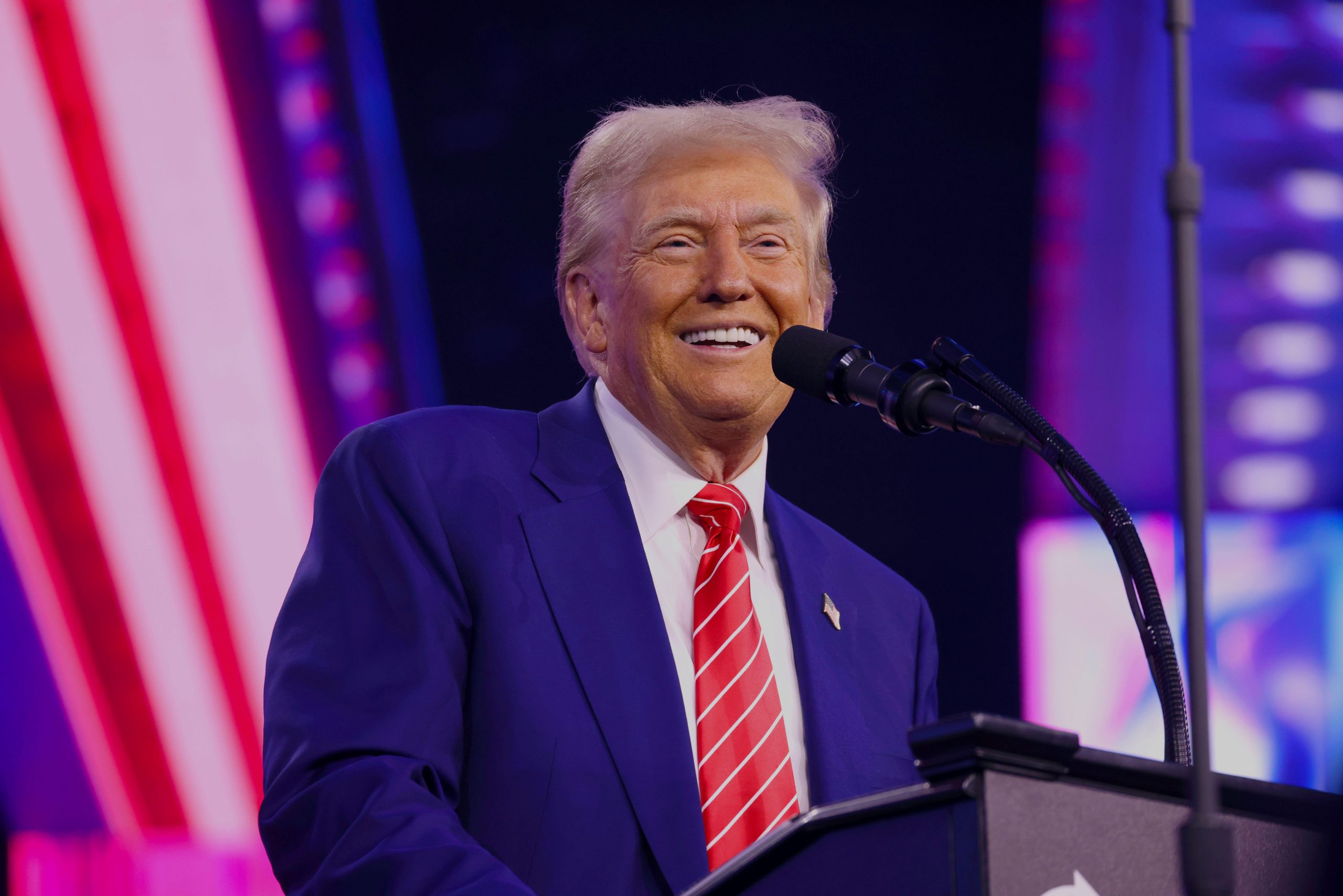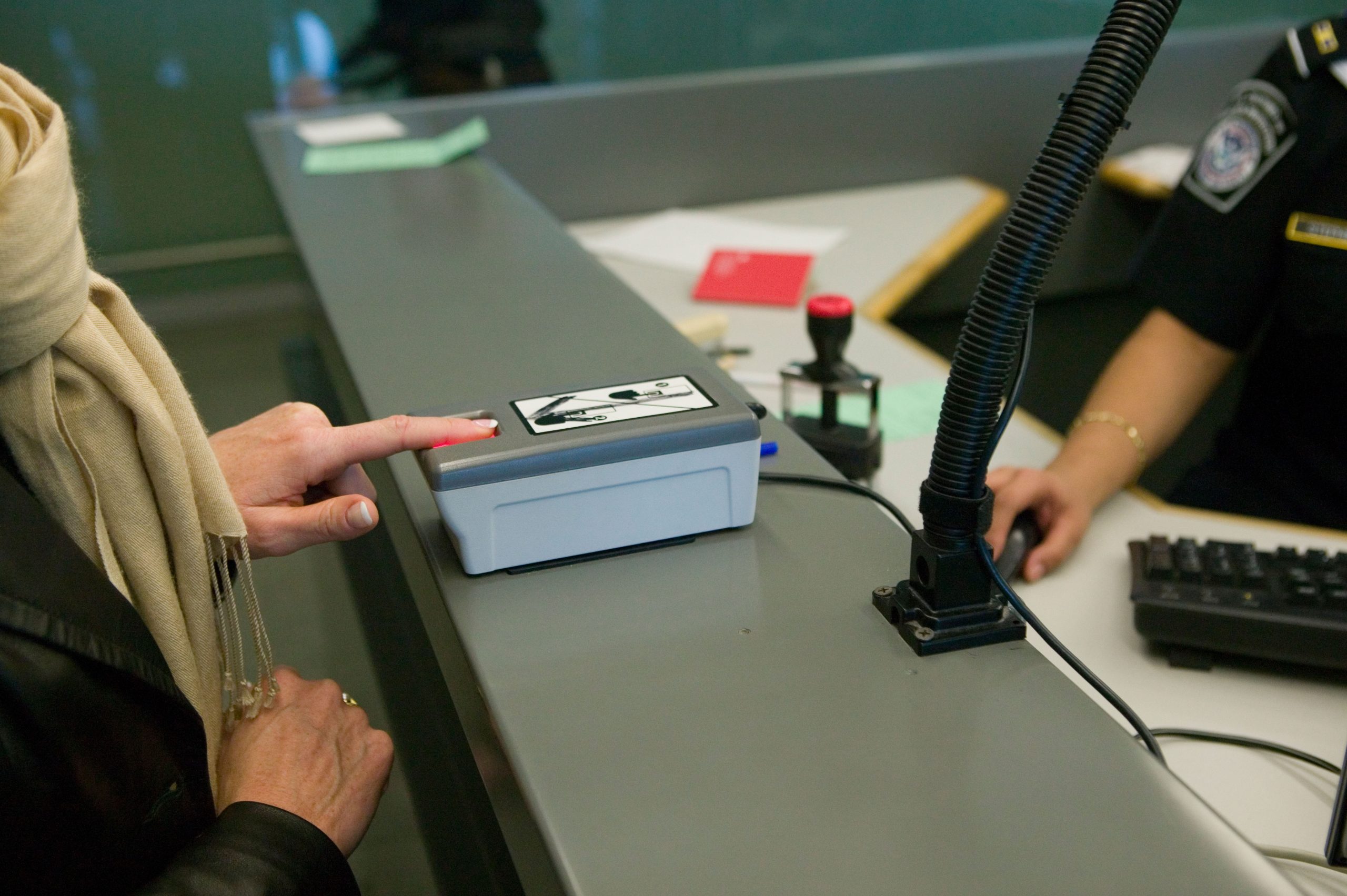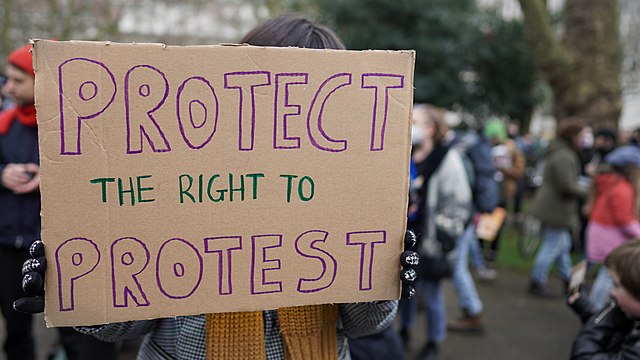The start of Donald Trump’s second term of office as US president was marked with a flurry of executive orders – directives given by the president directly to the federal government without the need for approval by Congress.
Ever since George Washington, US presidents have had the power to issue such orders as stated within Article 2 of the Constitution (“the executive power shall be vested in a president”). This article justifies presidents’ interventions, and allows them to enact their own policy vision or agenda.
Washington issued eight. Of the more than 14,000 executive orders issued since, Franklin D Roosevelt has been their biggest user, issuing 3,721 during his more than 12 years in office. Joe Biden issued 162 orders during his time in office.
While in principle they seem to allow the president to change the law on a whim, executive orders are subject to judicial review and can be overturned if they conflict with the law or the constitution. Indeed, many believe that Trump’s new orders could be “tied up in courts or legislatures for years”.
As an example, the American Civil Liberties Union has announced it is challenging a new order that seeks to end birthright citizenship of all children born in the United States regardless of race, colour, or ancestry.
The flurry of new orders marks a turnaround for Trump. In March 2016, he criticised Barack Obama for their use:
“Executive orders sort of came about more recently. Nobody ever heard of an executive order, then all of a sudden Obama — because he couldn’t get anybody to agree with him — he starts signing them like they’re butter, so I want to do away with executive orders for the most part.”
Trump’s enthusiasm for new executive orders, plus the revocation of many of those issued by his predecessor, have implications for freedom of expression.
Revocation of Biden executive orders
One of Trump’s first tasks was to revoke 78 of President Biden’s orders and Presidential Memoranda, including several measures supporting diversity and tackling discrimination.
Explaining this decision, President Trump wrote: “The previous administration has embedded deeply unpopular, inflationary, illegal, and radical practices within every agency and office of the Federal Government.
“The injection of ‘diversity, equity, and inclusion’ into our institutions has corrupted them by replacing hard work, merit, and equality with a divisive and dangerous preferential hierarchy. Orders to open the borders have endangered the American people and dissolved Federal, State, and local resources that should be used to benefit the American people. Climate extremism has exploded inflation and overburdened businesses with regulation.”
The orders that Trump has proposed to revoke include those which: prevent discrimination towards transgender and gay people; support educational opportunities for people from ethnic minority backgrounds; promote access to cultural and learning services, such as libraries; and encourage regulation around the use of AI (artificial intelligence).
New executive orders
Trump has introduced a raft of new executive orders.
Free speech
For Index, one of Trump’s most eye-catching orders is one for “restoring freedom of speech and ending federal censorship”.
President Trump acknowledges “the right of the American people to speak freely in the public square without government interference”, as enshrined in the First Amendment to the US Constitution. He then says that “the previous administration trampled free speech rights by censoring Americans’ speech on online platforms, often by exerting substantial coercive pressure on third parties, such as social media companies, to moderate, deplatform, or otherwise suppress speech that the federal government did not approve”.
He adds: “Under the guise of combating ‘misinformation’ ‘disinformation’ and ‘malinformation’ the federal government infringed on the constitutionally protected speech rights of American citizens across the United States in a manner that advanced the government’s preferred narrative about significant matters of public debate. Government censorship of speech is intolerable in a free society.”
The order requires the US Attorney to investigate the government’s activities over the past four years to decide whether any remedial actions need to be taken.
Trump fails to address some of the nuances when it comes to online content moderation. We outlined these when we responded to the changes at Meta earlier this month. Whilst we have reservations about moderation, we also have reservations about a complete lack of moderation. An unfiltered world of lies and hate speech can, and does, impact many people’s freedom of expression. A delicate balance must be sought but the new president doesn’t appear interested in striking this balance.
His move to “protect” free speech has also drawn much criticism and allegations of hypocrisy, given his penchant for threatening and suing journalists and political opponents. He famously referred to journalists as the “enemy of the people” and has sued five media companies, with some lawsuits still ongoing. His lawsuit against former political opponent Hillary Clinton was also dismissed as “frivolous, both factually and legally” by a federal judge, and Trump and his attorney were ordered to pay nearly $1 million in penalties.
Gender identity
As well as revoking a number of Biden-era orders, President Trump has made a new order aimed at “defending women from gender ideology extremism and restoring biological truth”.
In the order, he says: “Efforts to eradicate the biological reality of sex fundamentally attack women by depriving them of their dignity, safety, and wellbeing. The erasure of sex in language and policy has a corrosive impact not just on women but on the validity of the entire American system.”
At Index, we have charted how discussions around gender have become toxic and how voices on both sides have been silenced. But once again Trump fails to acknowledge any nuance here and his own personal prejudices come out. This is not about allowing a plurality of voices and opinions – it is about prioritising one voice over another.
The order has drawn serious concerns for the free expression of transgender people, as it attempts to erase non-binary and transgender identities. For example, the order directs that passports, visas and other government documents must reflect male and female as the only two sexes, and government agencies will be banned from promoting gender transition. “As of today, it will henceforth be the official policy of the United States government that there are only two genders, male and female,” said Trump during his inaugural speech on Monday.
Stopping diversity, equity and inclusion
In an order titled Ending Radical and Wasteful Government DEI Programs and Preferencing, Trump vowed to halt diversity, equity and inclusion programmes within the federal government, which he described as generating “immense public waste and shameful discrimination”.
This is an incredibly knotty issue. Susie Linfield, professor of journalism at New York University, raised her concerns about DEI programmes in this thoughtful piece for Index when she talked about a culture of coercion that has been created on US campuses.
But to end these programmes rather than improve them could see fewer opportunities for, and the further discrimination and silencing of, ethnic minority voices and people of colour in government bodies and agencies. The private sector also appears to be following suit. According to Forbes, several high-profile companies appear to be either ending or altering their US DEI programmes, including Amazon, Meta and McDonald’s.
Pardons for 6 January rioters
As expected, President Trump has pardoned or commuted the sentences of all those involved in the US Capitol riots of 6 January 2021, saying it puts an end to “a grave national injustice”. The move involves more than 1,500 people, including 14 members of the far-right groups the Proud Boys and Oath Keepers. More than 600 were charged with assaulting, resisting or obstructing law enforcement, using a deadly or dangerous weapon or causing serious bodily injury to a police officer.
Such an order muddies the waters legally of what constitutes “peaceful protest”, confusing the right to object to political decisions with the right to be violent. It also potentially emboldens those looking to enact the latter. It’s also worth noting that this violence was a response to an election that was won fairly. What could happen in four years time if people decide they don’t like the election outcome?
U-turns on social media bans
Having previously backed a TikTok ban during his first term in office, Trump has since changed his position on this.
Last year, a law was passed in Congress under Biden, which required the Chinese technology company that owns TikTok – Bytedance – to either find a US buyer for the US version of the app, or face a complete ban in the USA. The law gave ByteDance until 19 January 2025 to sell in order to avoid a ban. But Trump has just signed an executive order which suspends the sale or ban by granting the company a 75-day extension.
National security concerns have been cited for the need to ban the platform, by both Biden’s and Trump’s former governments, including that the Chinese government could use TikTok for potential spying or data collection on American citizens. But there seems to be little-to-no evidence that supports these concerns. This is not to say that it isn’t happening, but that currently the threshold for a ban has not been met. The ban therefore posed concerns for free speech and access to information, given that more than 170 million Americans use TikTok, many of whom (particularly younger people) use it for news.
However, this u-turn seems less about Trump being a guardian of free expression, and more about pursuing his own marketing agenda. The president has gained huge popularity on the platform, with 15 million followers, and some of his videos have amassed more than 60 million views. He used it extensively during last year’s presidential campaign.
Risks to impartial information and journalism
On top of Trump’s disparaging remarks made about journalists, several executive orders have been signed which are cause for concern for citizens’ access to impartial and truthful information. This includes the creation of a Department of Government Efficiency, which will be headed up by X owner Elon Musk. The new advisory body will aim to cut government spending.
With Musk at its helm, critics are concerned about the implications for a free press, given the tech giant’s attitudes towards the media, having previously called for the defunding of American public broadcasters such as NPR. Policy decisions taken at X also indicate that Musk would not be a purveyor of a free press – a recent change to the social media platform’s blocking policy means that accounts can now view who has blocked them, which is expected to increase the rate of harassment towards journalists, particularly women and people of colour.
The president’s attitude towards the spread of false information online also indicates that it may become harder for Americans to discern between truth and falsehood. Trump has previously referred to efforts to tackle political mis- and disinformation as “the censorship cartel”, and several new executive orders imply a worrying approach to authoritative, and expert-led, global perspectives on issues such as climate change and pandemics. This includes an order withdrawing the US from the World Health Organization, and another withdrawing it from the Paris Climate Agreement, showing even more movement away from the general consensus on public health and climate crises.






